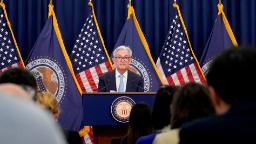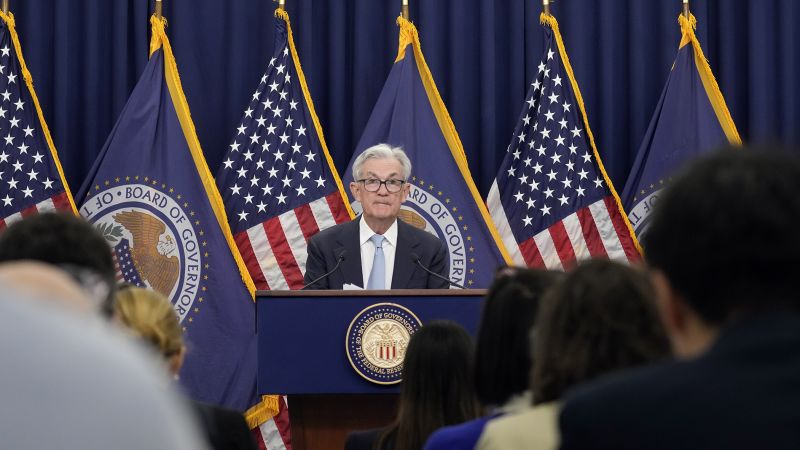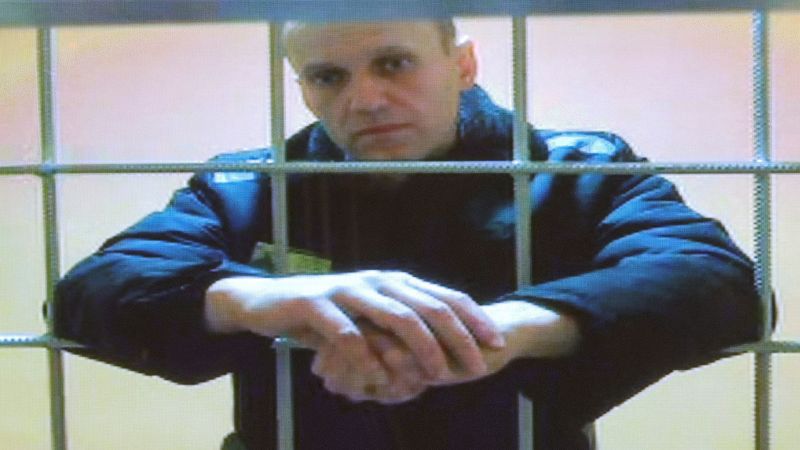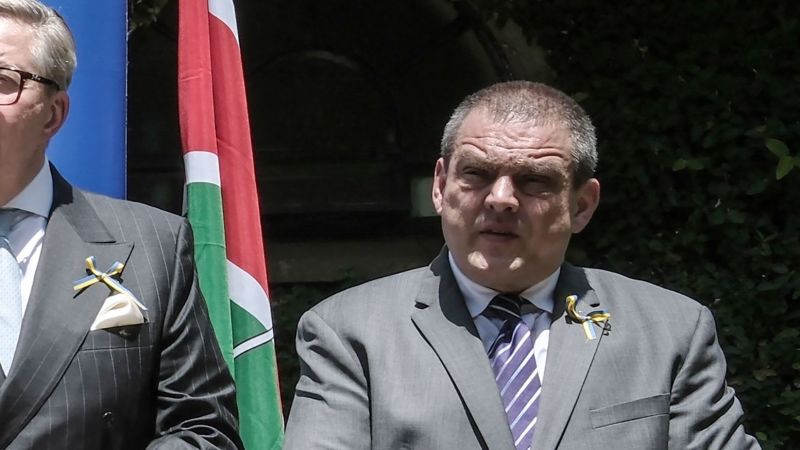The banking crisis will tilt US into recession, say Fed economists


Washington, DC
CNN
—
The fallout from the recent banking crisis is likely to push the US economy into a mild recession later this year, according to notes from the Federal Reserve’s March policy meeting, released on Wednesday.
Since November 2022, staff economists at the Federal Reserve have predicted subdued growth and a weakening economy during policy decision meetings. in March, they said the banking crisis heightened that forecast to a recession.
Taking into account “the potential economic effects of the recent banking-sector developments,” Fed economists’ “projection at the time of the March meeting included a mild recession starting later this year,” noted minutes from the Fed’s most recent two-day monetary policy meeting on March 21-22.
This is the first time in the current hiking cycle that staff economists have forecast such a recession.
“The main takeaway from Wednesday’s Federal Reserve minutes is that the central bank anticipates a mild recession in late 2023 and that the soft landing window seems to be closing quickly,” said Nancy Davis, founder of Quadratic Capital Management, in a note Wednesday.
Policymakers at the Fed voted unanimously last month for a smaller interest rate increase after turbulence in the banking industry set off fears of bank runs, according to the minutes.
The notes, released on Wednesday afternoon, highlighted the uncertainty behind the decision, which came just days after the failures of Silicon Valley Bank and Signature Bank. Fed officials raised the benchmark lending rate by a quarter point, the ninth-rate hike in a row.
“Some participants noted that given persistently high inflation and the strength of the recent economic data, they would have considered a [half percentage point] increase in the target range to have been appropriate at this meeting in the absence of the recent developments in the banking sector,” according to the minutes.
Given those projections and their own economic uncertainty, policymakers judged it “prudent to increase the target range by a smaller increment at this meeting.”
Policymakers also noted that actions taken by the Fed and other government agencies to mitigate possible contagion and secure the US financial system had successfully quelled immediate fears and and calmed conditions in the banking sector. Because of that, they said, they thought it was appropriate to address strong economic data and sticky inflation rates by raising rates by a quarter point instead of pausing all together.
The Fed’s latest interest rate increase brought the federal funds rate to a range of 4.75% to 5%, the highest level since September 2007. But the banking stress, coupled with slowing inflation and a cooling labor market, could signal the imminent end of the Fed’s rate-hiking campaign.
The Consumer Price Index, the most closely watched inflation gauge, rose 5% in March from a year earlier, according to data released Wednesday by the Bureau of Labor Statistics. That marks the ninth-straight month that headline inflation has slowed.
While bank failures can erode confidence in the banking industry, they can make borrowing harder, which can also curb spending and ease some pressure on prices and the labor market, Fed Chair Jerome Powell said at a news conference following the conclusion of the March policymaking meeting.
“Such a tightening in financial conditions would work in the same direction as rate tightening,” Powell said, stressing that the banking industry remained sound.
The meeting minutes echoed that sentiment. Recent developments in the banking sector, they said, “were likely to result in tighter credit conditions for households and businesses and to weigh on economic activity, hiring and inflation,” though policymakers were unsure of the extent of the economic fallout. “Participants agreed that the extent of these effects was uncertain,” said the notes.
SVB’s collapse was the second-largest bank failure in US history and underpins the worst banking crisis since the Great Recession.
The bank, which had over $200 billion in total assets at the end of last year, primarily provided banking services to venture-backed technology companies. The turbulence in the technology industry meant many customers were burning through cash and taking out their money at a faster pace.
In early March, SVB sought to raise capital from investors and announced that it had sold some securities at a loss and would sell $2.25 billion in new shares to plug the hole in its finances. Customers panicked, attempted to withdraw close to $100 billion from the bank, and regulators took over a few days later.
Signature Bank was the other casualty of the US banking industry’s turmoil last month and, later, Swiss banking giant Credit Suisse, which was forced to merge with its longtime rival UBS as a remedy.
The Fed now has to balance taming still-high inflation, ensuring financial stability and factoring in other economic shocks, like the recent surprise decision from OPEC+ to cut global oil production.
Meanwhile, congressional lawmakers such as Democratic Senator Elizabeth Warren have called for investigations into the bank failures and legislating additional rules such as raising the FDIC insurance limit for deposits.







